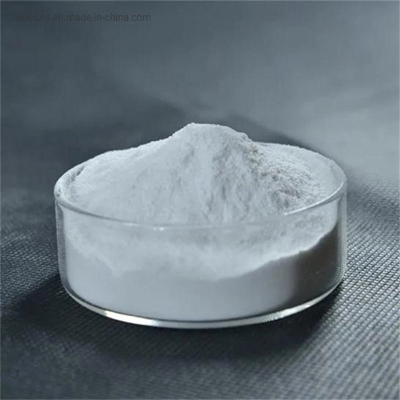Pollination
-
Last Update: 2021-03-10
-
Source: Internet
-
Author: User
Search more information of high quality chemicals, good prices and reliable suppliers, visit
www.echemi.com
the process of transferring mature pollen from pollen sacs to the female column head.Self-pollination
pollination method in which mature pollen from pollen sacs falls on the head of a pillar of the same flower. Plants and flowers of self-pollination have structural and physiological characteristics adapted to self-pollination, such as both sexes of flowers, male pollen sacs and female germ sacs mature at the same time, the female column head for the pollen germination of this flower and the development of male matching sons in pollen tubes without any physiological obstacles. Wheat, barley, soybeans, tomatoes, etc. are self-pollinators. Self-pollination is a relatively primitive method of pollination, long-term self-pollination of offspring will gradually decline in life. The broad sense of self-pollination also refers to pollination between the same plant, i.e. pollination of pollen passed on to the head of another flower of the same plant. In agriculture and horticulture, mutual pollination between different plants of the same species (e.g. between two national light apples) is also referred to as self-pollination. Closed flower fertilization is the most typical method of self-pollination. Plants with this fertilization phenomenon, flower buds have not yet opened, pollen has been directly sprouted in the pollen sac, pollen tube through the pollen sac wall to the column head growth, complete the fertilization process. For example, peas, peanuts, etc. Strictly speaking, there is no pollination during closed flower fertilization.pollination
pollination of one flower is transmitted to the head of the pillar of another flower of the same plant or different plant. Plants and flowers of heterogeneous pollination, with some adapted to heterogeneous pollination, adverse to the structure and physiological characteristics of self-pollination, including: flower monosemy and male and female strains, or flowers although both sexes, but female, male and female at different times mature; Heterogeneous pollination is a relatively common phenomenon in the plant community, compared with self-pollination, is an evolutionary way to improve the living power of future generations and establish new genetics, beneficial to the ethnic reproduction of plants. In agriculture and horticulture, pollination between different varieties is called pollination of exotic flowers. Heterogeneity pollination requires the help of a certain pollinator medium in order to spread pollen to the pillars of other flowers. Pollen is transported mainly by wind and insects, in addition to birds and water. With the help of wind pollination called wind-borne pollination, with the help of insect pollination called insect-borne pollination.
This article is an English version of an article which is originally in the Chinese language on echemi.com and is provided for information purposes only.
This website makes no representation or warranty of any kind, either expressed or implied, as to the accuracy, completeness ownership or reliability of
the article or any translations thereof. If you have any concerns or complaints relating to the article, please send an email, providing a detailed
description of the concern or complaint, to
service@echemi.com. A staff member will contact you within 5 working days. Once verified, infringing content
will be removed immediately.






